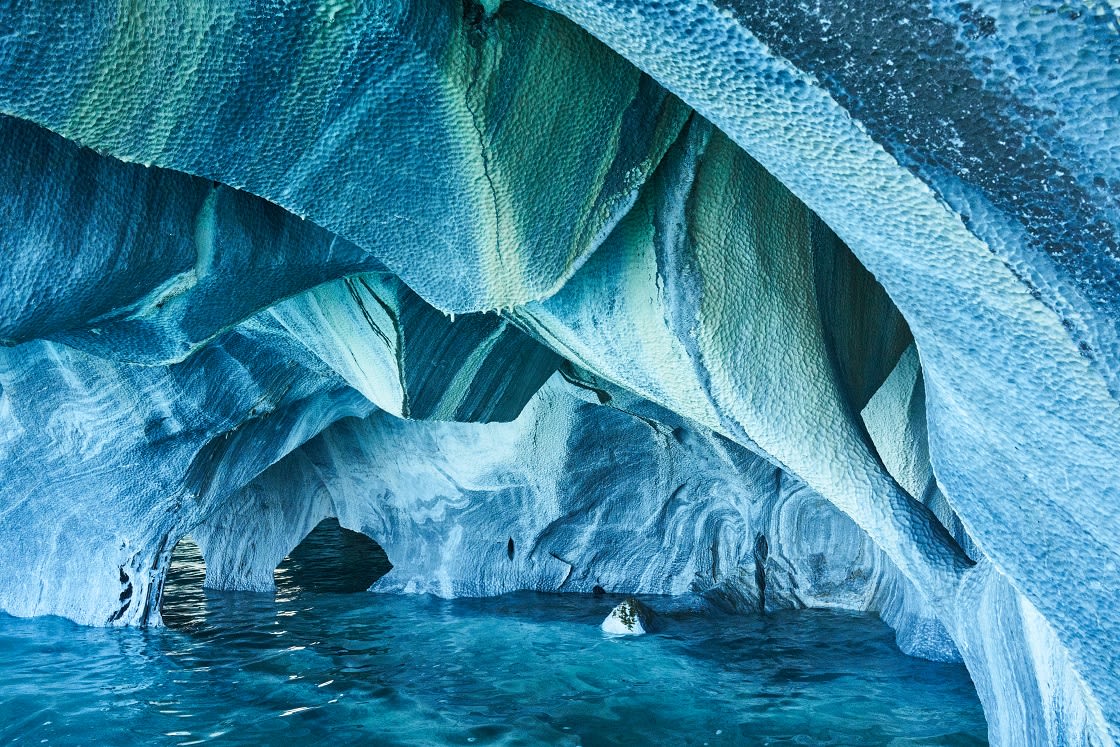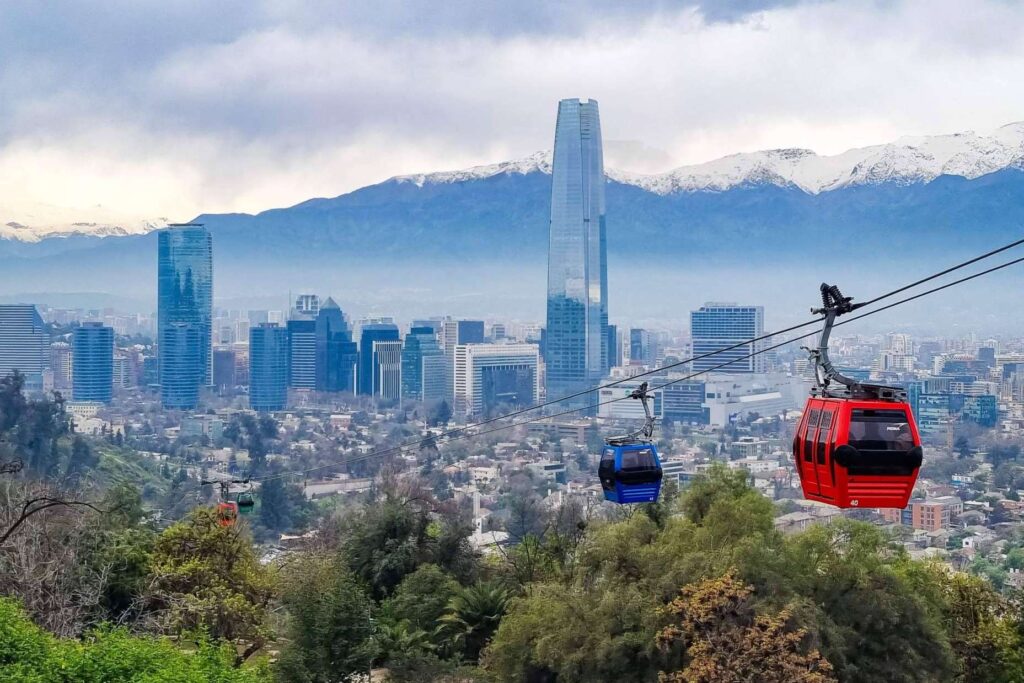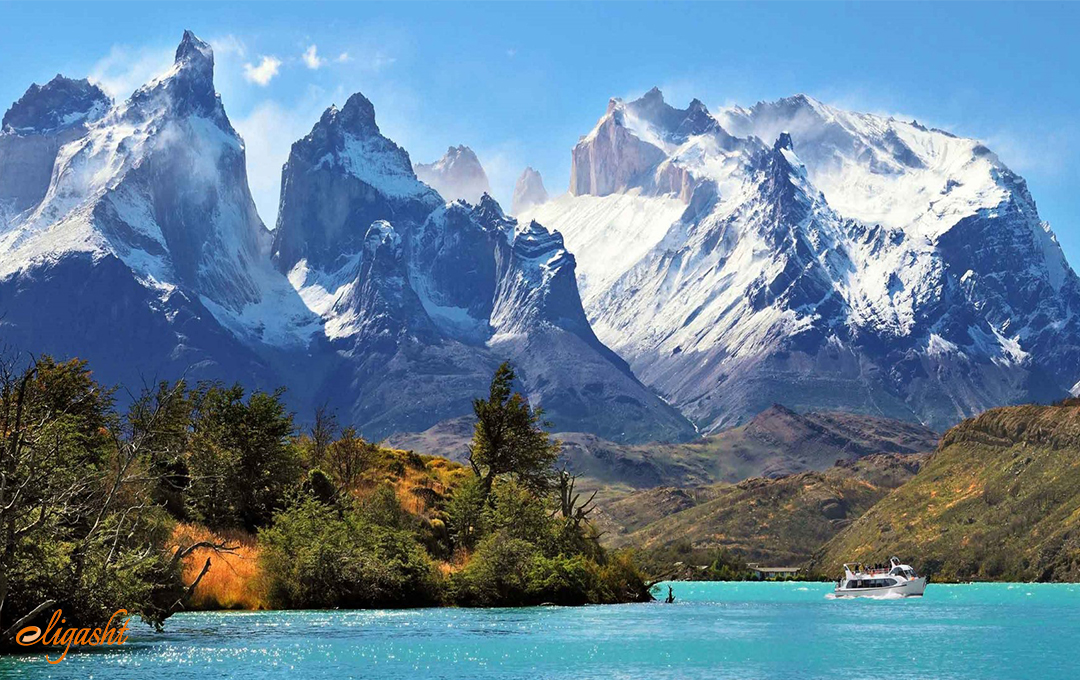
Chile, a sliver of a country stretched precariously along the southwestern coast of South America, is a land of breathtaking contrasts and unparalleled natural beauty. From the driest desert on Earth to the icy fjords of Patagonia, this elongated nation offers a kaleidoscope of experiences that cater to every kind of traveler. Whether you’re an adventurer seeking thrilling escapades, a history buff yearning to unravel ancient mysteries, or a nature lover yearning for awe-inspiring landscapes, Chile promises an unforgettable journey.
This article delves into the heart of Chile’s allure, exploring its top attractions, offering a glimpse into its rich history, providing practical travel tips, outlining accommodation and transportation options, and guiding you on the best time to visit this extraordinary country.
Chile’s Crown Jewels: Top Attractions

Related Articles about Chile: A Tapestry of Wonders – From Atacama’s Desolation to Patagonia’s Majesty:
- Yogyakarta: The Soul of Java – A Complete Guide
- Miami’s Magic: A Guide to the City’s Best Hotels and Unforgettable Experiences
- Hanoi: A Thousand-Year-Old Capital – Your Ultimate Travel Guide
- Paradise Found: Your Ultimate Guide to the Top Attractions in the Maldives
- Unveiling the Pearl of the Orient Seas: A Guide to the Philippines’ Top Attractions
Chile’s diverse geography translates into a wealth of iconic attractions, each offering a unique window into the country’s soul.
1. Atacama Desert: Prepare to be mesmerized by the otherworldly landscapes of the Atacama Desert, the driest non-polar desert on the planet. Here, the sky transforms into a celestial canvas, making it one of the world’s premier stargazing destinations. Explore the Valle de la Luna (Moon Valley) and Valle de la Muerte (Death Valley), where surreal rock formations sculpted by wind and time resemble lunar landscapes. Witness the spectacle of the El Tatio Geysers at dawn, as plumes of steam erupt from the earth against a backdrop of snow-capped peaks. Discover the vibrant pink flamingos at the Lagunas Altiplánicas (High-Altitude Lagoons) and soak in the therapeutic waters of the Termas de Puritama, natural hot springs nestled in a canyon.
2. Patagonia: For those drawn to the raw power of nature, Chilean Patagonia is an absolute must. This vast, untamed region is a hiker’s paradise, dominated by dramatic granite spires, colossal glaciers, and turquoise lakes. The undisputed star is Torres del Paine National Park, a UNESCO World Biosphere Reserve. Trek the iconic "W" or "O" circuits, marveling at the imposing Towers, the striking Cuernos del Paine, and the shimmering Grey Glacier. Beyond Torres del Paine, explore the Cerro Castillo National Park for a more remote trekking experience, or venture to the Amelia Island National Park for breathtaking fjords and abundant wildlife, including penguins and whales.
3. Easter Island (Rapa Nui): A speck of land in the vast Pacific Ocean, Easter Island is an enigma wrapped in mystery. This remote Polynesian island is famed for its nearly 900 monumental statues, known as moai, carved by the Rapa Nui people centuries ago. Explore the quarries where these colossal figures were carved, stand in awe before the ceremonial platforms of Ahu Tongariki and Ahu Akivi, and ponder the vanished civilization that created these silent sentinels. The island’s volcanic craters and pristine beaches add to its allure.
4. Santiago: Chile’s vibrant capital, Santiago, is a bustling metropolis nestled in a valley, with the majestic Andes Mountains serving as a dramatic backdrop. Explore the historic Plaza de Armas, home to the Metropolitan Cathedral and the National Historical Museum. Ascend Cerro San Cristóbal for panoramic city views and a visit to the statue of the Virgin Mary. Immerse yourself in the bohemian charm of the Bellavista neighborhood, known for its colorful houses, street art, and lively nightlife. Discover the city’s culinary scene, from upscale restaurants to bustling local markets.
5. Valparaíso: Just a short drive from Santiago lies Valparaíso, a UNESCO World Heritage city renowned for its colorful hillside neighborhoods, steep funiculars, and vibrant artistic soul. Wander through the labyrinthine streets, adorned with vibrant murals and graffiti, and ride the historic ascensores (funiculars) to discover hidden viewpoints and charming cafes. Explore the bohemian Cerro Alegre and Cerro Concepción, and soak in the bohemian atmosphere of this port city.
6. The Lake District: South of Santiago, the Lake District offers a picturesque blend of snow-capped volcanoes, emerald forests, and pristine lakes. Explore the charming towns of Puerto Varas, with its German heritage and stunning views of the Osorno Volcano, and Pucón, a hub for adventure sports like white-water rafting, hiking, and skiing on the Villarrica Volcano. Take a boat trip across Lake Llanquihue or explore the cascades of Salto El Huilo Huilo.
7. Atacama’s Coastal Wonders: While the desert interior is famous, Chile’s coastline along the Pacific is equally captivating. Visit the charming fishing town of Valparaíso (mentioned above) or head further north to La Serena and Coquimbo, known for their beautiful beaches and the unique Elqui Valley, famous for its pisco production and exceptionally clear skies for stargazing.
A Glimpse into Chile’s Rich History

Chile’s history is a fascinating narrative of indigenous cultures, colonial encounters, and modern nation-building.
-
Indigenous Roots: Before the arrival of Europeans, the land was inhabited by diverse indigenous groups, including the Mapuche in the central and southern regions, who fiercely resisted Spanish conquest. In the north, cultures like the Atacameño thrived in the arid desert. On Easter Island, the Rapa Nui civilization developed its unique moai culture.
-
Spanish Colonization: In the 16th century, Spanish conquistadors arrived, establishing settlements and introducing Christianity and a new social order. The Mapuche resistance proved particularly tenacious, shaping the nation’s early history.
-
Independence and Republic: Chile declared its independence from Spain in 1818, led by Bernardo O’Higgins. The 19th century saw the consolidation of the republic, marked by periods of political instability and economic development.
-
20th Century Turmoil: The 20th century brought significant political and social upheaval. The election of Salvador Allende in 1970, the first democratically elected Marxist president, led to a period of socialist reforms. This was tragically followed by a military coup in 1973, ushering in the authoritarian regime of Augusto Pinochet, which lasted until 1990.
-
Modern Chile: Since the return to democracy, Chile has experienced significant economic growth and political stability, becoming one of South America’s most developed nations. Its history, however, continues to shape its identity and cultural landscape.
Navigating Chile: Practical Travel Tips
To make your Chilean adventure smooth and enjoyable, consider these essential tips:
- Visa Requirements: Chile has a liberal visa policy for many nationalities. US, Canadian, Australian, and EU citizens typically do not require a visa for tourist stays. Always check the latest requirements for your nationality before traveling.
- Currency: The currency is the Chilean Peso (CLP). Credit cards are widely accepted in cities and tourist areas, but it’s advisable to carry some cash for smaller towns and local markets. ATMs are readily available.
- Language: The official language is Spanish. While English is spoken in major tourist hubs and by some tour operators, learning a few basic Spanish phrases will greatly enhance your interactions with locals.
- Safety: Chile is generally a safe country for tourists. However, as with any destination, be aware of your surroundings, especially in crowded areas, and take precautions against petty theft.
- Tipping: Tipping is customary in restaurants (around 10%), hotels, and for tour guides. In some restaurants, a service charge (propina) may already be included on the bill.
- Altitude Sickness: If you plan to visit high-altitude areas like the Atacama Desert, take it easy on your first day, stay hydrated, and avoid alcohol and heavy meals.
- Sun Protection: The sun is intense, especially in the Atacama and at high altitudes. Use high SPF sunscreen, wear a hat, and sunglasses.
- Internet and Connectivity: Wi-Fi is generally available in hotels, cafes, and restaurants. Consider purchasing a local SIM card for more consistent connectivity.
- Respect Local Customs: Be mindful of local customs and traditions, especially when visiting indigenous communities or religious sites.
Where to Rest Your Head: Accommodation Options
Chile offers a diverse range of accommodation to suit every budget and preference:
- Luxury Hotels: In major cities like Santiago and in tourist hotspots like Torres del Paine, you’ll find world-class luxury hotels offering impeccable service, fine dining, and stunning views.
- Boutique Hotels: Many cities and towns boast charming boutique hotels with unique character, often housed in historic buildings and offering a more intimate experience.
- Hostels: Budget travelers will find a plethora of well-equipped hostels in most tourist destinations, providing dormitories and private rooms, as well as communal spaces for socializing.
- Eco-Lodges and Refugios: In national parks and remote areas, eco-lodges and mountain refuges offer a more rustic and immersive experience, often with breathtaking natural surroundings.
- Cabins and Apartments: For longer stays or families, renting cabins or apartments can be a cost-effective and convenient option.
- Glamping: In some regions, particularly in the Atacama and Patagonia, you can find unique glamping experiences that combine the adventure of camping with comfortable amenities.
Getting Around Chile: Transportation
Chile’s elongated geography necessitates efficient transportation networks.
- Flights: For long distances, flying is the most practical option. LATAM Airlines and Sky Airline are the main domestic carriers, connecting major cities like Santiago, Calama (for Atacama), Punta Arenas (for Patagonia), and Balmaceda (for the Aysén region).
- Buses: Chile has an extensive and reliable long-distance bus network. Companies like TurBus and Pullman Bus offer comfortable services between most cities and towns. This is a cost-effective option for intercity travel.
- Rental Cars: Renting a car offers flexibility, especially for exploring regions like the Lake District or the Carretera Austral. However, be prepared for varying road conditions, particularly in remote areas.
- Trains: While not as extensive as in some other South American countries, there are some scenic train routes, such as the one connecting Santiago to the port city of Valparaíso.
- Ferries: In Patagonia, ferries are essential for navigating fjords and reaching remote destinations like the Marble Caves or Isla Magdalena.
- Taxis and Ride-Sharing: Taxis are readily available in cities, and ride-sharing apps like Uber operate in Santiago and other major urban centers.
The Perfect Time to Visit Chile: Seasons and Best Bets
Chile’s diverse climate means the "best time to visit" depends heavily on your chosen destinations and activities.
-
Spring (September to November): This is an ideal time for exploring central and northern Chile, including Santiago, Valparaíso, and the Atacama Desert. Wildflowers bloom in the central regions, and the weather is pleasant for sightseeing and outdoor activities. Patagonia is still quite cold, with lingering snow.
-
Summer (December to February): This is peak season for Patagonia, with warmer temperatures, longer daylight hours, and less snow, making it perfect for hiking and exploring Torres del Paine. Central Chile also enjoys warm and sunny weather, ideal for beaches and city exploration. However, expect higher prices and larger crowds.
-
Autumn (March to May): This is a fantastic time to visit central and southern Chile. The fall foliage in the Lake District is spectacular, and the weather is generally mild and pleasant. Patagonia begins to cool down, but still offers excellent hiking opportunities before the winter snows set in. The Atacama remains pleasant year-round, but can be cooler at night.
-
Winter (June to August): This is the time for snow sports in the Andes near Santiago, with ski resorts like Valle Nevado and Portillo attracting enthusiasts. However, Patagonia experiences harsh winter conditions, with many areas inaccessible due to snow and ice. Northern Chile, including the Atacama, has cooler temperatures but is still a viable option for stargazing.
In summary, for a diverse Chilean experience:
- Atacama Desert: Year-round, but spring and autumn offer milder temperatures.
- Santiago & Central Chile: Spring and Autumn for pleasant weather. Summer for beach access.
- Lake District: Spring, Summer, and Autumn for lush scenery and outdoor activities.
- Patagonia: Summer (December-February) is peak season for hiking. Shoulder seasons (October-November and March-April) offer fewer crowds and beautiful scenery.
- Easter Island: Year-round, with the shoulder seasons often being less crowded.
Chile is a land of endless discovery, a country that rewards the curious and the adventurous with experiences that will linger long after you’ve departed its shores. From the celestial wonders of the Atacama to the untamed beauty of Patagonia, and the cultural richness of its cities, Chile is a destination that truly has it all. Pack your bags, embrace the spirit of exploration, and prepare to be captivated by this extraordinary tapestry of wonders.





